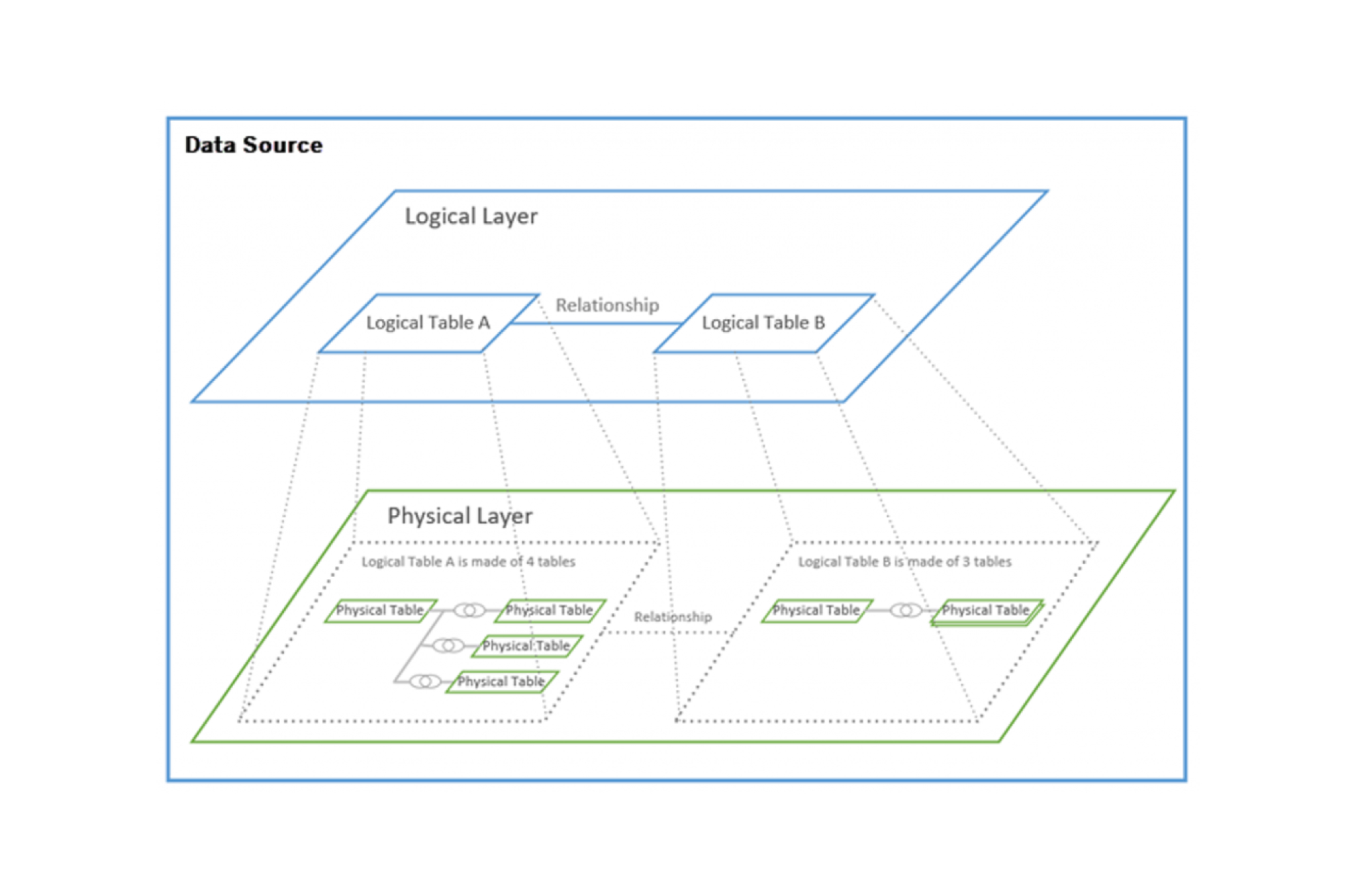Ⓒ 2023 Kyligence, Inc. All rights reserved.
What is a semantic layer in Tableau?

Introduction
In Tableau, a semantic layer is a crucial component that enables users to access and analyze data easily and efficiently. It provides a simplified view of complex data sources, making it easier for users to understand and interpret the data. The semantic layer acts as a bridge between the data source and the end-user, providing a layer of abstraction that shields users from the complexities of the underlying data structure.
The semantic layer is important in Tableau because it allows users to create visualizations and reports without having to understand the underlying data structure. This means that users can focus on analyzing the data rather than spending time trying to understand how the data is organized. Additionally, the semantic layer provides a consistent view of the data, ensuring that all users are interpreting the data in the same way.
In the following sections, we will define what a semantic layer is and how it works in Tableau. We will also discuss the benefits of using a semantic layer in Tableau and how it can improve data analysis and interpretation.
What is a Semantic Layer?
A semantic layer is a virtual layer that sits between the physical data sources and the end-users in Tableau. It acts as a bridge between the data sources and the end-users, providing a simplified view of the data that is easy to understand and analyze. The semantic layer is designed to abstract the complexity of the underlying data sources and present the data in a way that is meaningful to the end-users.
In Tableau, the semantic layer is created using a data modeling technique called "semantic modeling." This technique involves defining relationships between data sources and creating a layer of metadata that describes the data. The metadata includes information such as field names, data types, and relationships between tables.
The semantic layer in Tableau provides several advantages over other data modeling methods. One of the key advantages is that it simplifies data access and analysis. With the semantic layer, end-users can easily access and analyze data without having to understand the underlying data sources or the complex relationships between tables.
Another advantage of the semantic layer is that it ensures consistency and accuracy in data interpretation. Since the metadata in the semantic layer describes the data in a standardized way, end-users can be confident that they are interpreting the data correctly.
Finally, the semantic layer in Tableau provides enhanced data governance and security. Since the semantic layer abstracts the underlying data sources, it can be used to enforce data governance policies and ensure that sensitive data is protected.
In summary, a semantic layer in Tableau is a virtual layer that sits between the physical data sources and the end-users. It provides a simplified view of the data that is easy to understand and analyze, and ensures consistency and accuracy in data interpretation. The semantic layer also provides enhanced data governance and security, making it an essential component of Tableau's data modeling capabilities.
Advantages of a Semantic Layer in Tableau
A semantic layer in Tableau offers several benefits that make it an essential tool for data analysis and interpretation. These benefits include simplified data access and analysis, consistency and accuracy in data interpretation, and data governance and security.
Simplified Data Access and Analysis
A semantic layer simplifies data access and analysis by providing a single source of truth for all data. With a semantic layer, users can access data from multiple sources without the need for complex joins or data blending. This simplifies the data analysis process and reduces the time required to access and analyze data.
Consistency and Accuracy in Data Interpretation
A semantic layer ensures consistency and accuracy in data interpretation by providing a common language for all users. With a semantic layer, users can define business terms and metrics in a way that is consistent across the organization. This ensures that everyone is using the same definitions and metrics, which leads to more accurate and consistent data interpretation.
Data Governance and Security
A semantic layer provides data governance and security by ensuring that data is accessed and used in a controlled and secure manner. With a semantic layer, data access can be restricted based on user roles and permissions, ensuring that sensitive data is only accessible to authorized users. Additionally, a semantic layer provides an audit trail of all data access and usage, making it easier to track and monitor data usage across the organization.
In summary, a semantic layer in Tableau offers several advantages that make it an essential tool for data analysis and interpretation. These benefits include simplified data access and analysis, consistency and accuracy in data interpretation, and data governance and security. By using a semantic layer, organizations can improve their data analysis capabilities and ensure that data is accessed and used in a controlled and secure manner.
Tableau's Semantic Layer Capability: Enhanced Complex Modeling Capability
One of the key benefits of using a semantic layer in Tableau is its enhanced complex modeling capability. With a semantic layer, Tableau users can easily create complex data models without the need for extensive coding or technical expertise.
The semantic layer provides a simplified view of the data, making it easier for users to understand and manipulate. This allows users to create complex models that incorporate multiple data sources, calculations, and hierarchies.
For example, a business analyst may need to create a model that combines sales data from multiple regions, along with customer demographic data and product information. With a semantic layer, the analyst can easily combine these data sources and create a model that provides a comprehensive view of sales performance across different regions and product categories.
In addition to simplifying complex modeling, the semantic layer also provides a level of data governance and security. By creating a single source of truth for the data, the semantic layer ensures that all users are working with the same data and calculations. This reduces the risk of errors and inconsistencies in data interpretation.
The semantic layer provided by Tableau assumes IT-centered model management with self-service capabilities in mind. The modeling process is simple and easy to use with a low learning curve. This transparent and seamless modeling method makes Tableau's semantic layer very appealing. However, Tableau's semantic layer does not work with other BI tools. It is common for large enterprises and their different business units to use different BI tools, and so, for these organizations, the Tableau semantic layer can be very limiting.
Kyligence: Metric-driven approach to build a semantic layer
At Kyligence, we recognize the immense value provided by a semantic layer. Based on years of experience working with our valued customers, we have concluded that a platform that converts technical data into business metrics is the best way to enable business users to explore, understand, and gain insights.
A unified metrics layer or metric store, built through a graphical user interface (GUI), empowers business users to precisely define business terms and calculation logic. This creates a universal data language for all businesses to align and collaborate in one convenient location, ensuring that everyone in the organization is on the same page.
If you are interested in the semantic layer solution Kyligence provides, here is what you can learn more from the
1. Build your semantic layer using Kyligence Zen.
2. Check out more articles about Semantic Layer: https://kyligence.io/blog/semantic-layer-the-bi-trend-you-dont-want-to-miss/
Start your data journey today
